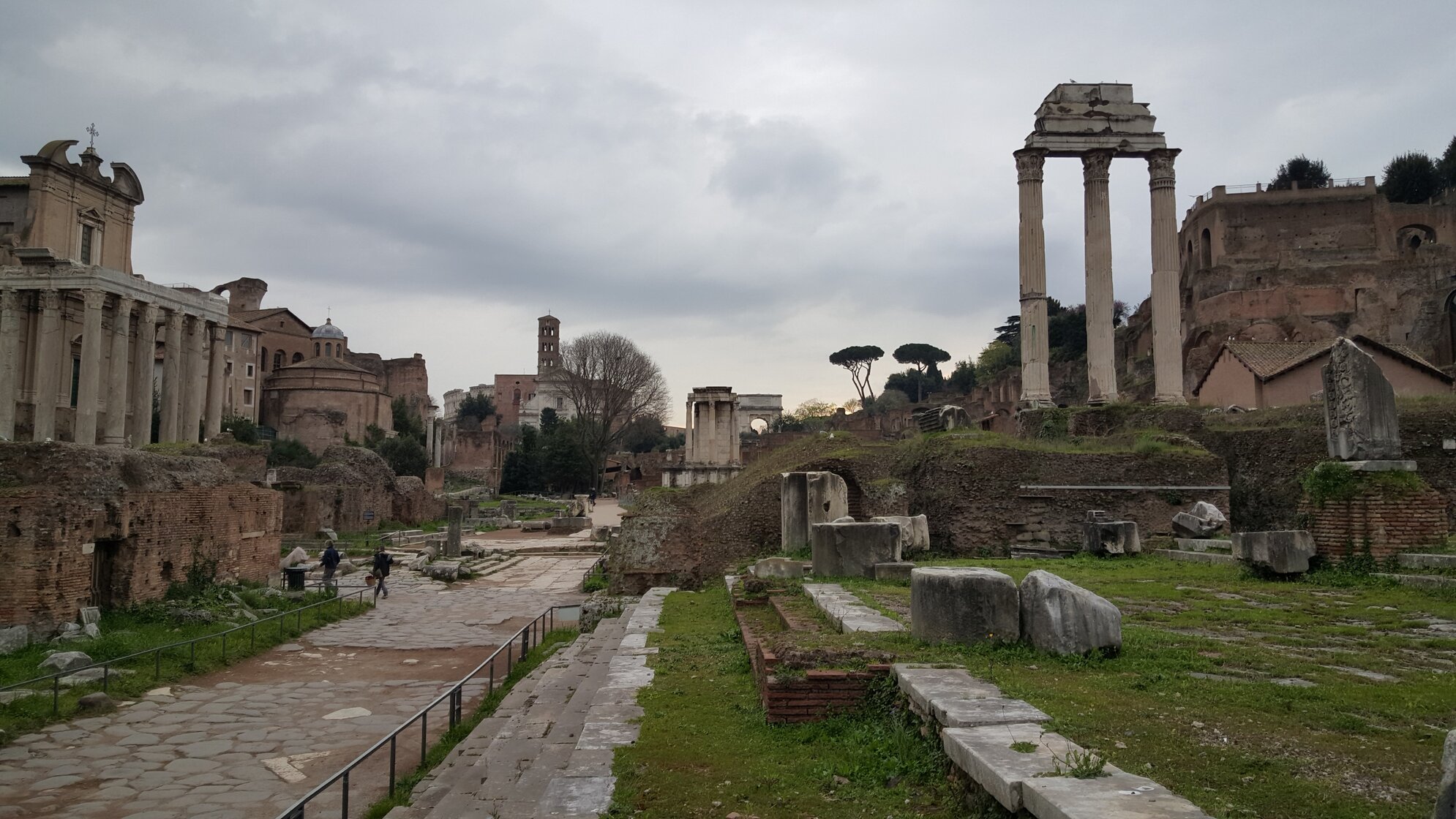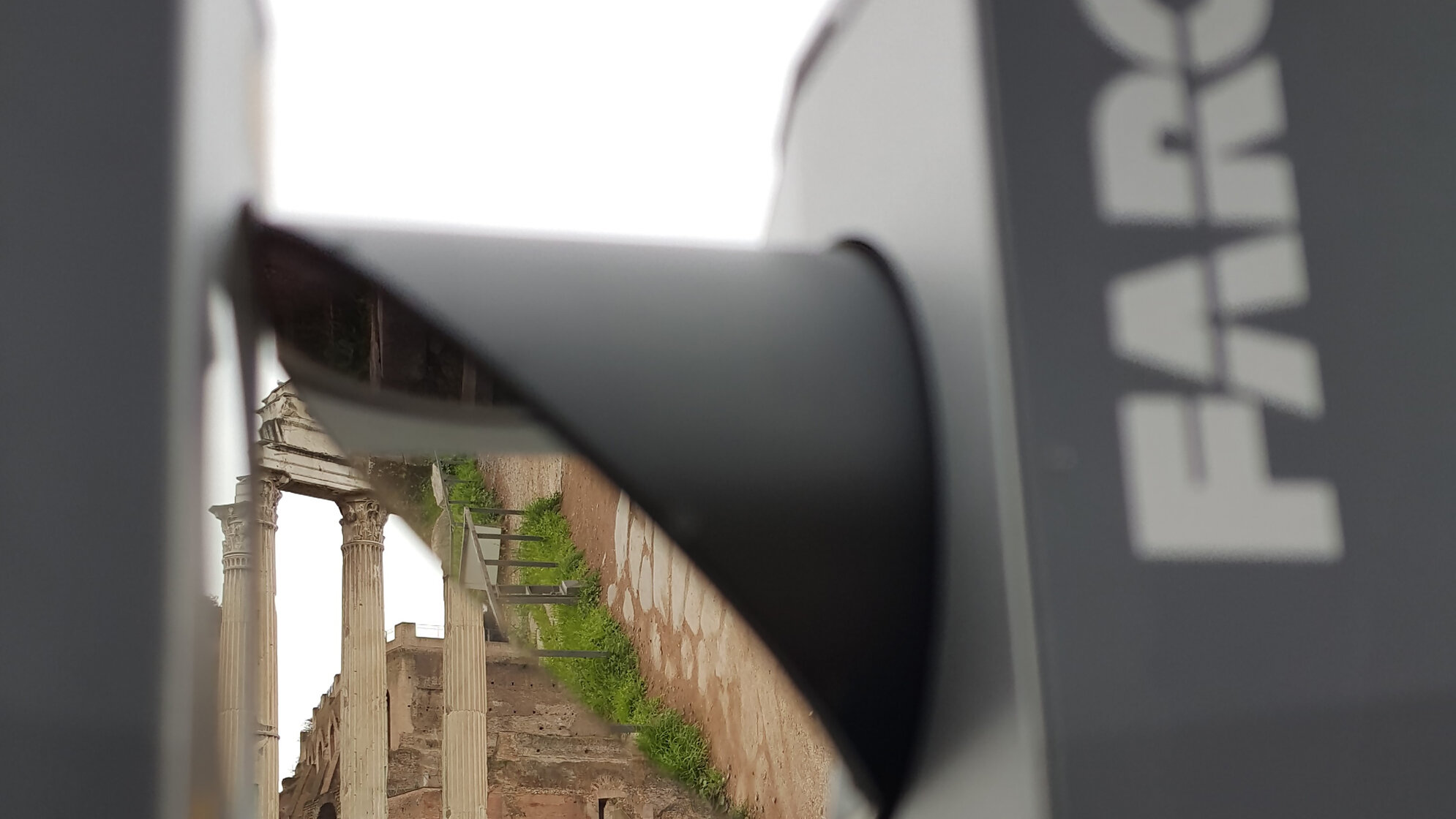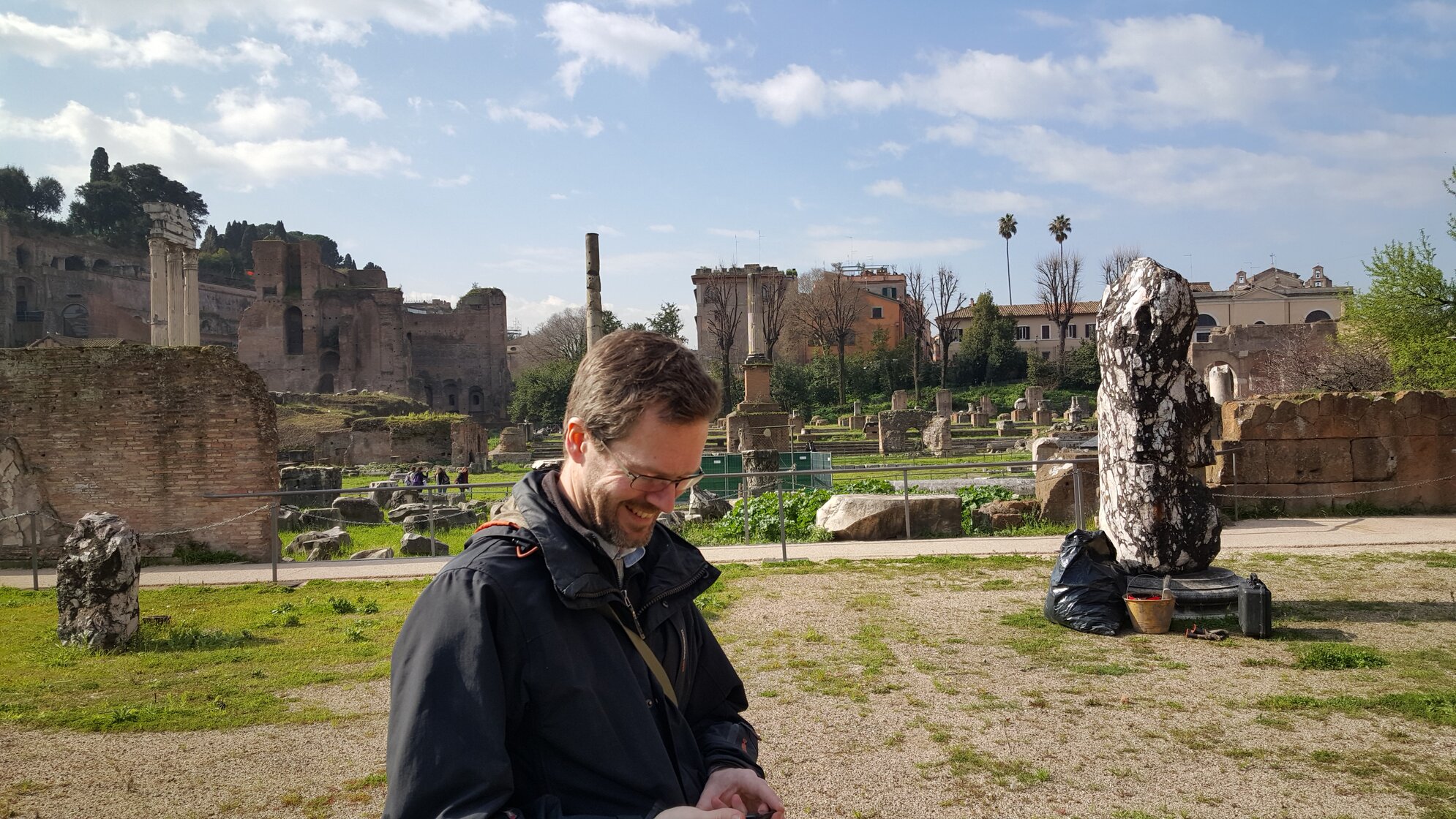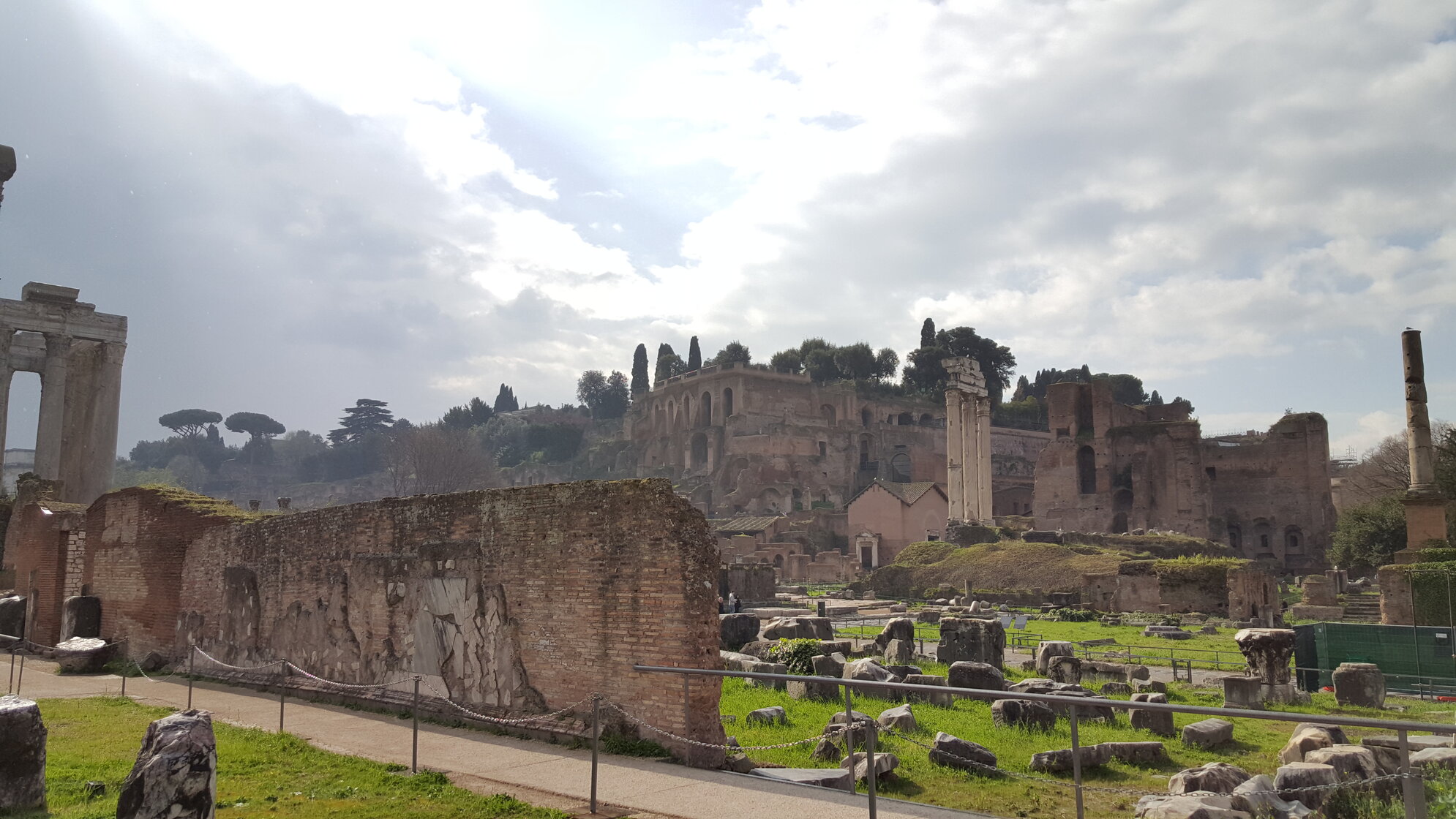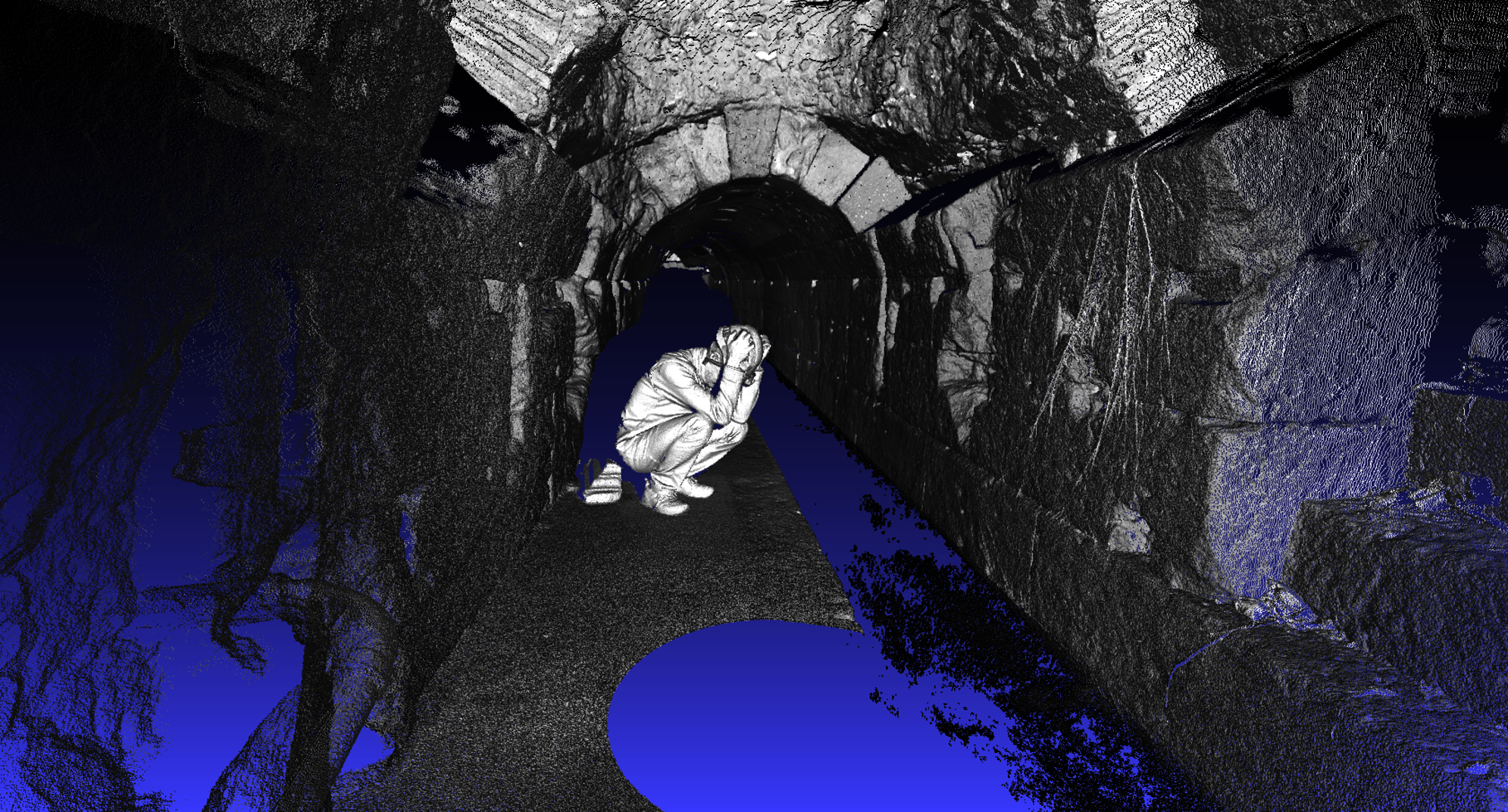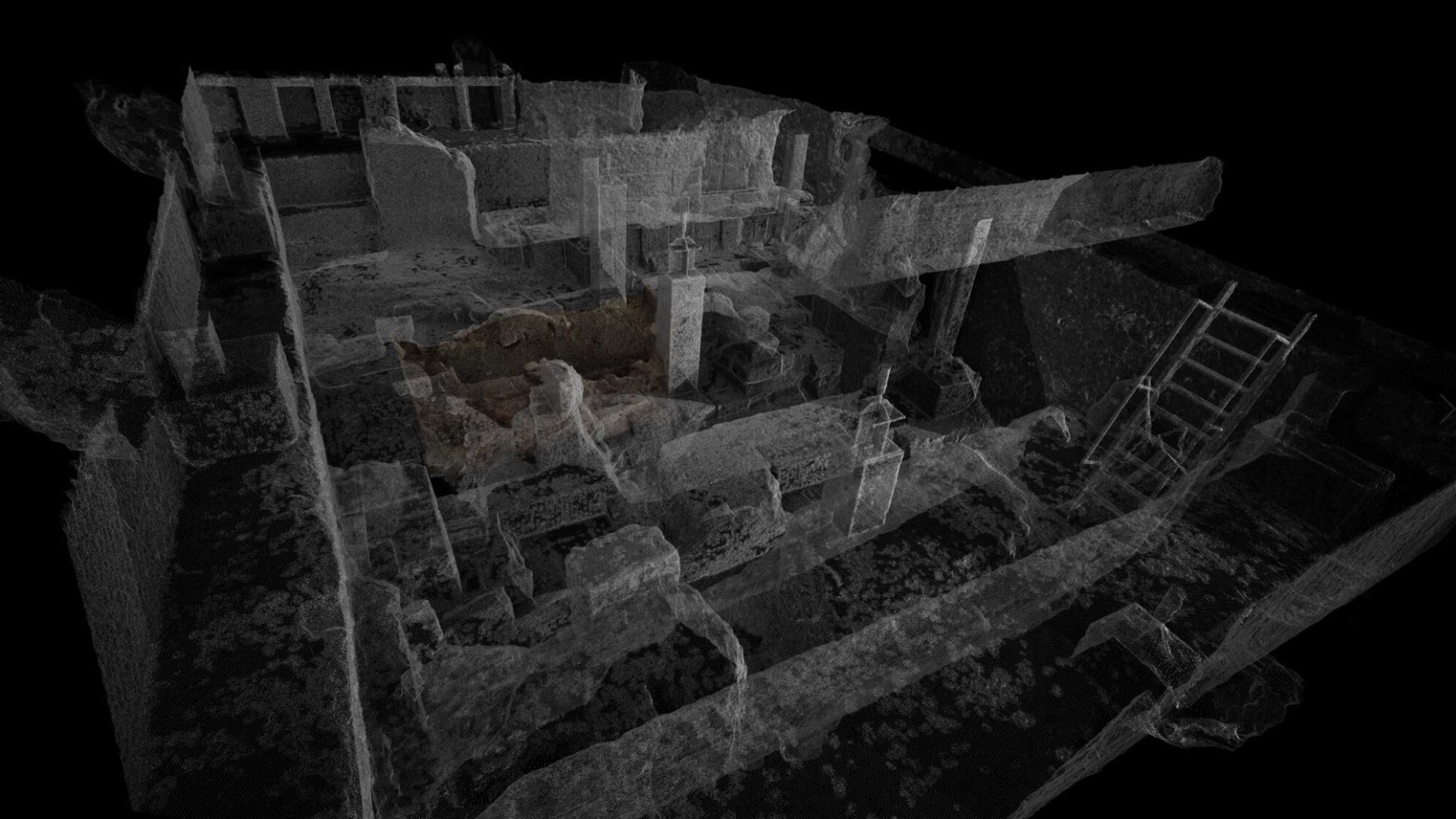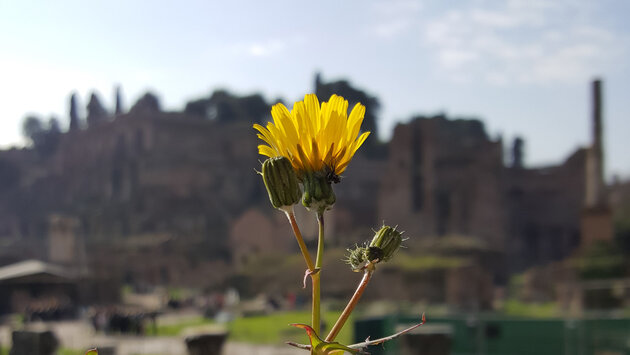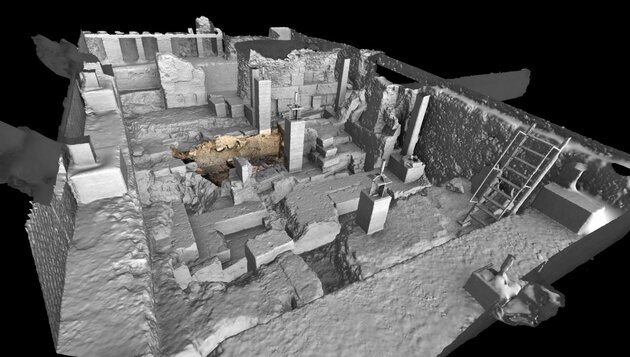The built environment that present day visitors to the Forum experience basically represents the late Augustan phase, interspersed with later additions and modifications. Earlier structures have only been excavated to a limited extent and the few remains that have been uncovered are now situated in deep trenches or underground compartments with little or no intervisibility. The fragmented state of the archaeological record constitutes a further hindrance to a satisfactory understanding of the earlier phases of the Forum. However, renewed investigations of previously excavated remains, supported by digital documentation techniques, holds the potential of revealing new features and providing a more comprehensive picture. By integrating separate and spatially isolated remains in a coherent and georeferenced three-dimensional model, the spatial relationship between various elements can be visualised and accurately assessed. The model will also be used to analyse the hydrological situation, a crucial aspect of the urban layout.
In the field campaign of 2016 the architectural remains of the Basilica Sempronia and the Basilica Fulvia were investigated and documented. These contemporary buildings played an important role in defining the Forum. The ongoing study explores how they were related to each other and interacted with the intermediate and surrounding environment.
The project has been financed by the Stiftelsen Enboms donationsfond, Carl Stadlers fond, Stiftelsen Torsten och Ingrid Ghils fond. We are also grateful to the Soprintendenza Speciale per i Beni Archeologici di Roma for graciously giving us the permission to carry out the investigation and for lending us support.

